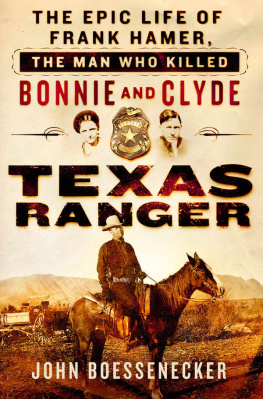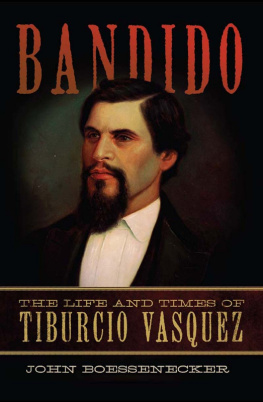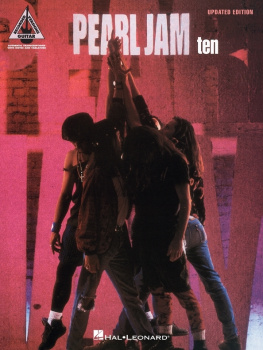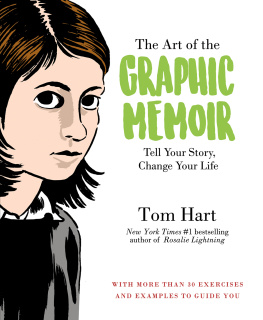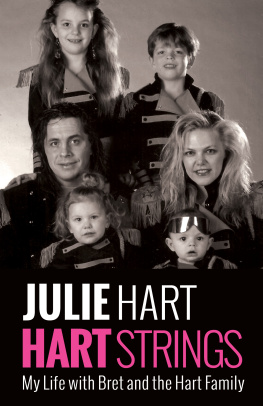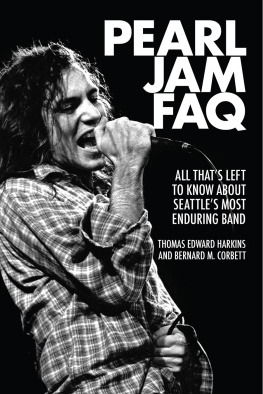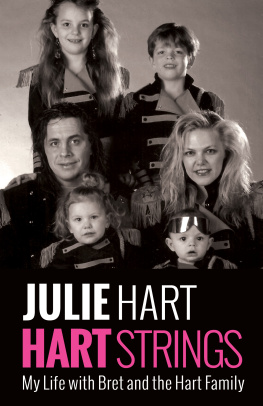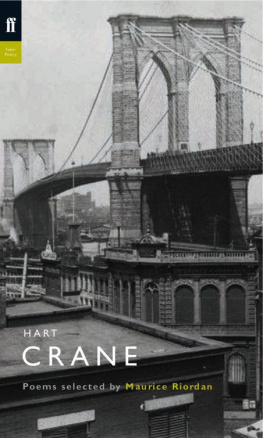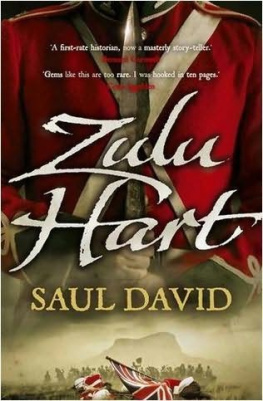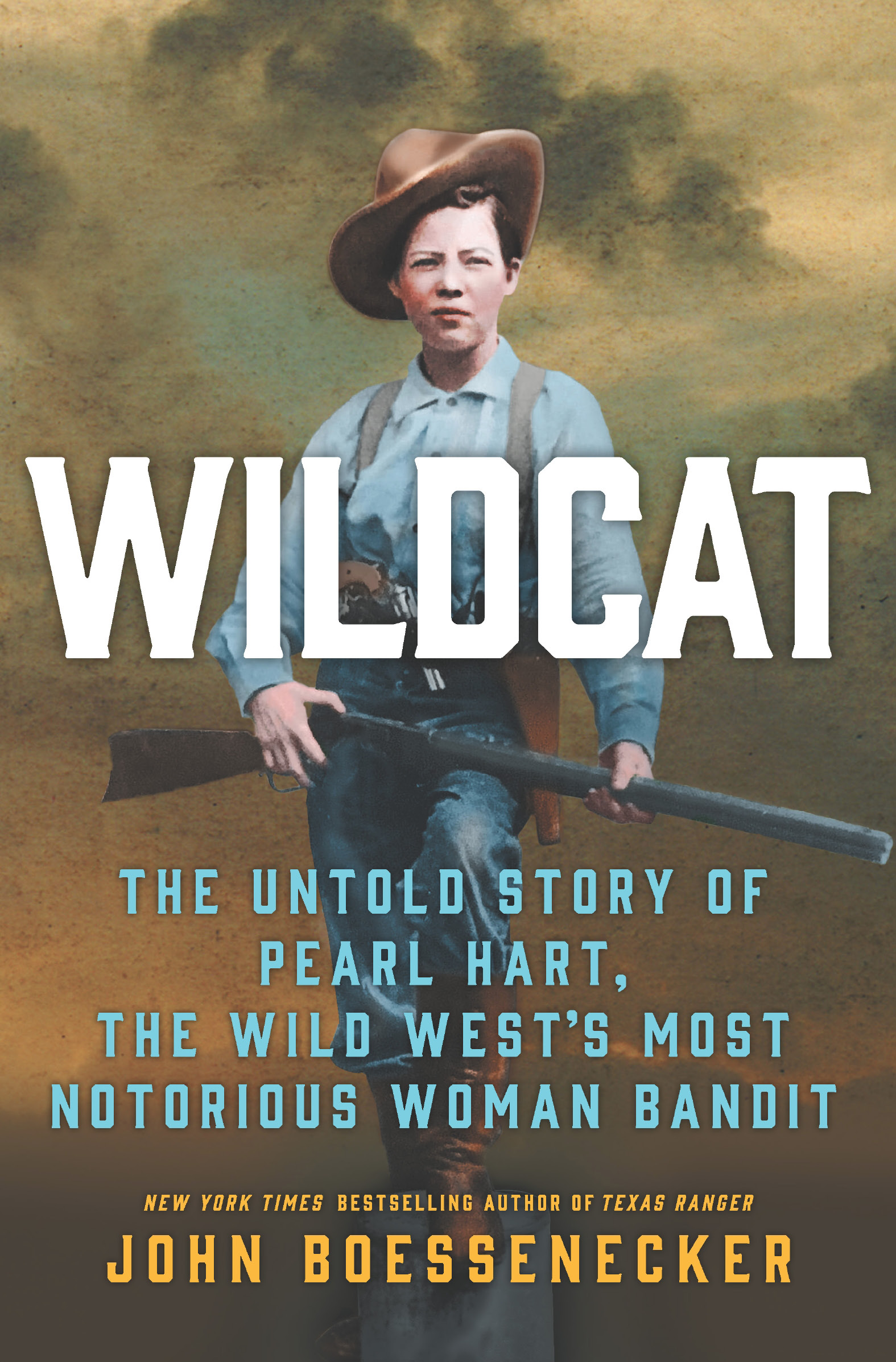
John Boessenecker is the author of ten books, including the New York Times bestseller Texas Ranger: The Epic Life of Frank Hamer, the Man Who Killed Bonnie and Clyde. He has received the Spur Award from Western Writers of America, the Best Book Award from Westerners International, and in 2011, 2013 and 2019, True West Magazine named him Best Nonfiction Writer. He has appeared frequently as a historical commentator on PBS, History, A&E and other media. He is a trial lawyer in San Francisco, California.
Praise for John Boessenecker
A comprehensive biography... Boessenecker has reaffirmed his place as one of the Best of the West.
True West Magazine on Bandido
Fair-minded and thorough... Boessenecker tells the gruesome story with power and force.
New York Times Book Review on Texas Ranger
The authors painstaking research...brings forth an astounding story.... A superb account.
Washington Times on Texas Ranger
For serious readers of Western history...Ride the Devils Herd may well prove the gold standard.
Wall Street Journal on Ride the Devils Herd
A rich and satisfying read...that unclouds the picture and shows us why these men became legends.
Los Angeles Review of Books on Ride the Devils Herd
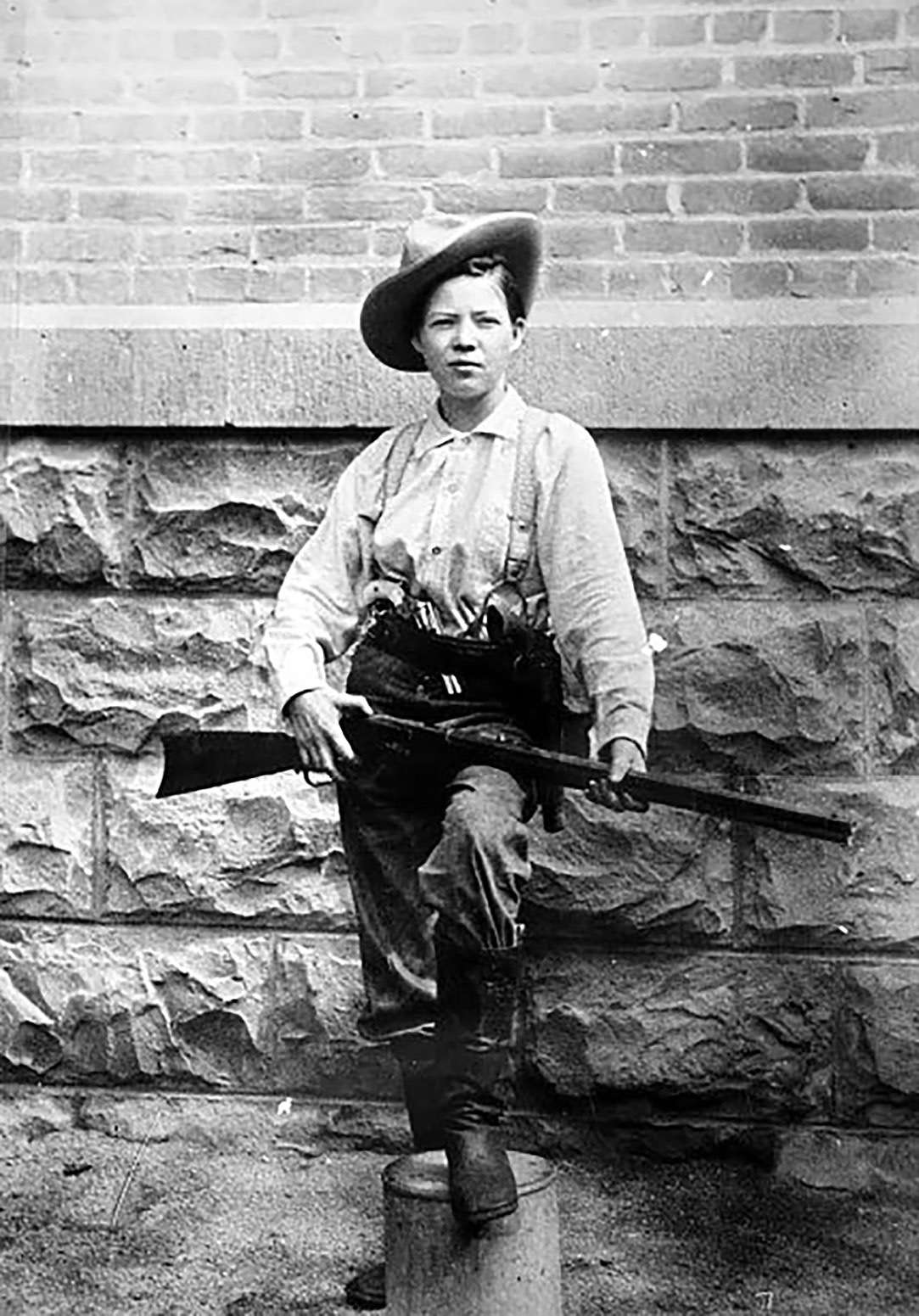
Authors collection.
Pearl Hart in the Tucson jailyard, 1899, carrying a Winchester Model 1873 rifle and a holstered Colt Single Action Army revolver. A Colt Model 1877 Lightning revolver is tucked into her gun belt.
WILDCAT
The Untold Story of Pearl Hart, the Wild Wests Most Notorious Woman Bandit
John Boessenecker

For Marta
Table of Contents
I shall never submit to be tried under the law that neither I nor my sex had a voice in making.
Pearl Hart
Introduction
P earl Hart stroked her pet wildcat as she leaned back on the bunk in her cell in the courthouse in Tucson, Arizona Territory. It was 1899, and she was the most infamous woman in America. Pearl and her male companion had held up a stagecoach, disarmed the driver and passengers, and stolen their money and guns. They escaped on horseback, but were captured after a long manhunt in the remote high desert. Her story made newspaper headlines, for in an era when a womans role was primarily domestic, Americans were simultaneously shocked and thrilled by the concept of a real woman bandit.
Journalists and cameramen flocked to the jail, seeking interviews and photographs. They found her a walking contradiction: a petite, attractive young woman who could alternately act like a street ruffian or a feminine ingenue. She dressed in rough cowboys clothing and carried a pair of six-guns. Pearl Hart talked tough, smoked cigarettes, drank liquor, used morphine, and had sex with countless men. At the same time, they saw that she was extremely bright, well-spoken, and a voracious reader. She could knit, sew, and write poetry, yet also shoot straight with a heavy Colts revolver. Americans had never seen or heard of anyone like her.
The public interest in Pearl Hart grew so intense that Cosmopolitan magazine sent two correspondents to seek an in-depth interview. Even in 1899, Cosmopolitan was the countrys most popular womens publication. The journalists met a friendly, talkative woman in her late twenties, with her long brown hair tied up in a bun. She wore a mans dark-colored shirt, open at the neck, and trousers held up by suspenders. Pearl loved publicity, and despite the fact that she had been charged with stagecoach robbery and faced a long prison term, she had no qualms about telling her story.
When I was but sixteen years old, and while still at boarding school, I fell in love with a man I met in the town in which the school was situated. I was easily impressed. I knew nothing of life. Marriage was to me but a name. It did not take him long to get my consent to an elopement. We ran away one night and were married. I was happy for a time, but not for long. My husband began to abuse me, and presently he drove me from him. Then I returned to my mother, in the village of Lindsay, Ontario, where I was born.
Before long, my husband sent for me, and I went back to him. I loved him, and he promised to do better. I had not been with him two weeks before he began to abuse me again, and after bearing up under his blows as long as I could, I left him again. This was just as the Worlds Fair closed in Chicago, in the fall of 1893. Instead of going home to my mother again, as I should have done, I took the train for Trinidad, Colorado. I was only twenty-two years old. I was good-looking, desperate, discouraged, and ready for anything that might come.
Pearl continued on in detail, describing her adventures and misadventures on the Arizona frontier. The two correspondents, scribbling furiously, wrote it all down, oblivious to the fact that they were helping create one of the most enduring legends of the American frontier. For although Pearl Hart was the Wests most notorious woman bandit, her true story has long been lost in the mists of the past. Her personal history is thoroughly obscured by legends, many of them created by Pearl herself. For the next century, newspaper reporters, magazine writers, and historians repeated, and even invented, countless wild tales about her: she was the Wests first woman stage robber; she was the Wests last stage robber; she was the daughter of a wealthy Canadian family; she was a virtuous schoolgirl in Phoenix; she performed with Buffalo Bill Codys Wild West Show. Even her identity has been the subject of controversy: her real name was Mrs. Frank Hart, Pearl Bandman, Caroline Hartwell, Pearl Taylor, Mrs. E. P. Keele, Mrs. Earl Lighthawk, and Pearl Bywater. She was born in Canada, Ohio, and Kansas. Her husband was Brett Hart, Frederick Hart, Frank Hart, William Hart, James Taylor, Dick Baldwin, Harry Boardeman, Joe Boot, and Calvin Bywater.
But most of that is not true. The tales she spun in the Tucson jail have confounded authors, researchers, and historians for the last 120 years. Although Pearl Hart has been featured in hundreds of magazine articles and books, not one of them comes close to an accurate depiction of her life. But now, modern digital newspaper archives and genealogical data banks have provided the key to unraveling the mysteries of Pearl Harts career. Her authentic story is alternately romantic, exciting, and disturbing. For the truth is far more fascinatingand instructivethan the myths spread by popular writers, casual researchers, and deliberate fictioneers.
Pearl Hart was a woman far ahead of her time. She was self-reliant, adventurous, unconstrained by convention, and sexually liberated. Those attributes were extremely rare for a woman in the nineteenth century. Then, few women worked outside the home. They dressed modestly, raised children, cooked, cleaned, and managed the household. In rural America, they helped tend the family farm and often labored next to their fathers or husbands in the fields. In urban areas, there were more opportunities for employment for women: as domestic workers in middle-and upper-class homes, as seamstresses in dress shops, and as mill girls in factories and textile mills. And despite such work obligations, women were still expected to marry, bear children, and be the bedrock for moral, religious, and familial stability.
Next page

